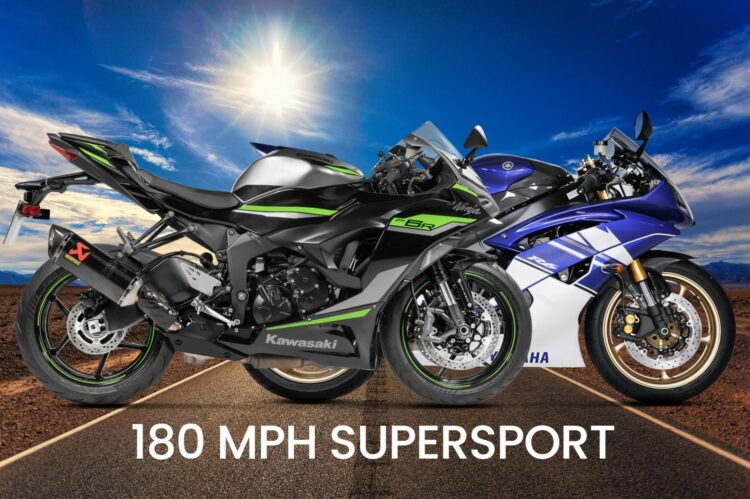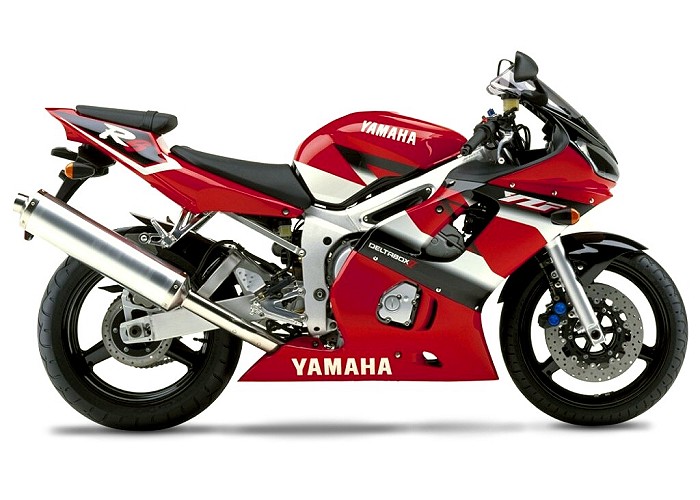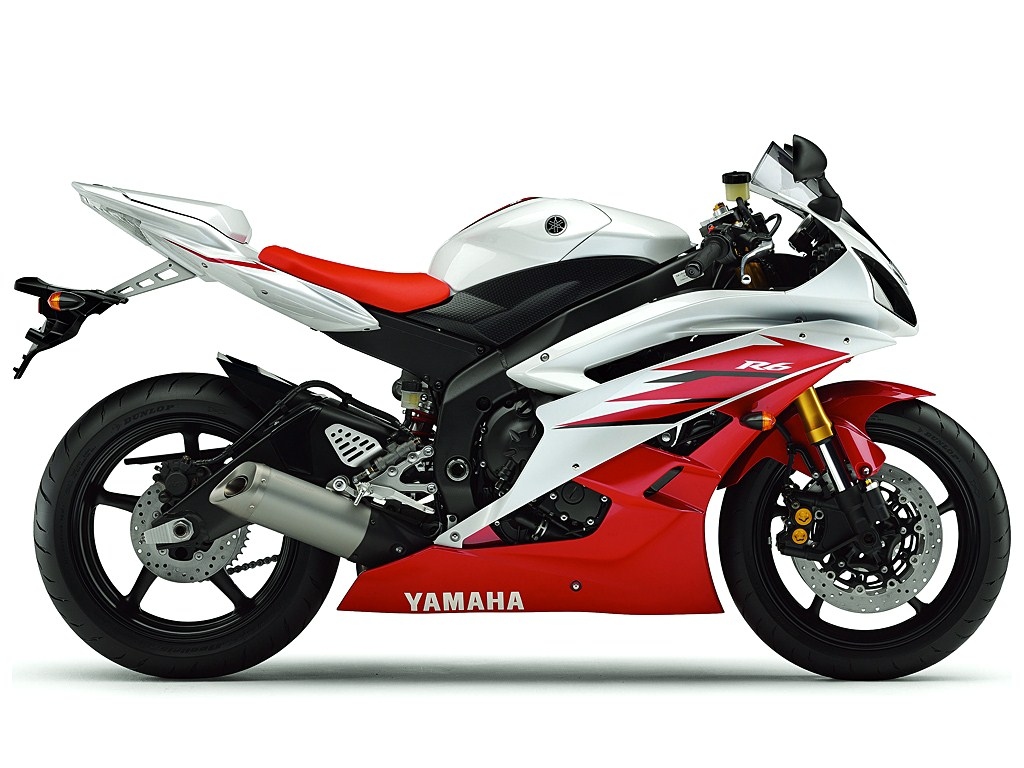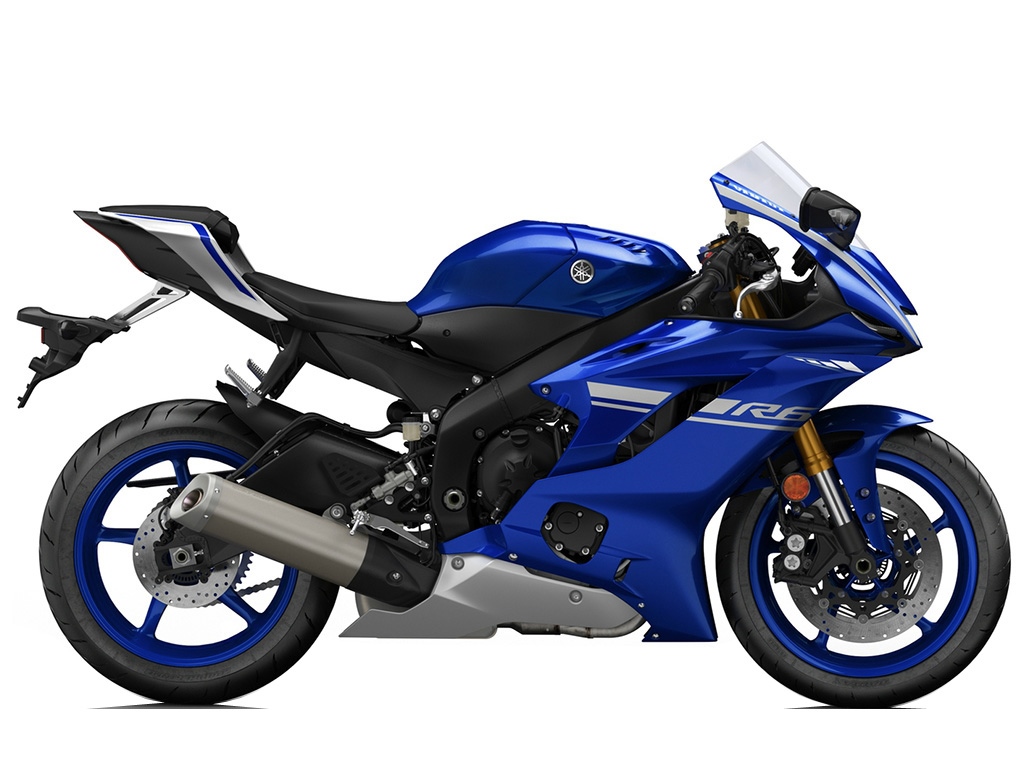180 mph Supersport 600s have become a meme on the internet. Claims by riders of hitting 180 mph on their 600s are all over the web, on discussion forums, and on other social media platforms where motorcycles have a presence.
There’s also plenty of pushback against these claims.
You have two sides at odds, with all the nuance lost in the debate and mockery. Nothing new there.
What’s the truth? Well, both sides are right -one more than the other, but there’s, of course, plenty of nuance.
You can find countless Supersport 600 owners riding their 600s, whether a YZF-R6 or a ZX-6R 636, claiming to have hit 180 mph or more. There are many onboard GoPro-style videos showing evidence of these speeds indicated on speedometers.
Proof! Done deal, right? Well, no. We’ve now run into the first nuance.
For as long as I can remember, motorcycle speedometers have often been wildly inaccurate, favouring overreading. This is mostly true for Japanese motorcycles, but applies to European brands as well.
European brands have generally been more accurate, exaggerating less.
On the flip side, you can find some models -both Japanese and European that read accurately, but historically, this is rare, especially for Superbike or Supersport motorcycles.
If you’ve been paying motorcycles for a long time, like me, you’ve read in magazines or heard from people who own bikes that a particular motorcycle is “deceptively fast.” This is probably because its speedometer is accurate.

How inaccurate are motorcycle speedometers?
An exact figure is hard to say, because it will more than likely vary across individual motorcycles within the brand and over the years.
Of course, without riding all motorcycles past and present and conducting some controlled scientific test, it is impossible to know for sure empirically.
From my own experience, having ridden too many motorcycles, I would approximate the speedo error for most motorcycles to be in the region of 8-12%, overestimating the speed.
From my anecdotal experience, speed inaccuracy is probably at the higher end for motorcycles in the early to mid-2000s, with accuracy getting closer to reality post this time.
Note: I have never seen a motorcycle speedometer that has read below the true speed.
Here is what the law says..
| Indicated top speed ( mph) | US + 4 mph + 8 % | Europe +10% + 4km/h |
| 180mph | 162.7 mph (9.6% error) | 161.5 mph (10.28 % error) |
The above is current legislation. Rules may have been different one or two decades ago. Enforcement of the above is unclear as well as manufacturer adherence
A great example of an inaccurate speedometer in action, one you can easily spot, is on motorcycles fast enough to hit the gentlemen’s agreement limit of 300 km/h (186 mph).
You’ll often see these motorcycles hit an indicated 186 mph (300 km/h), maybe in fifth or sixth gear. The speedometer digits usually freeze at that speed or, on some bikes, blank out entirely (looking at you, Ducati).
Here’s the interesting part: while the speedometer stops reading above 186 mph (300 km/h), the rpm keeps climbing. If the rpm is increasing, that tells us the motorcycle is still accelerating a thus going faster than the indicated speed.
A lot of people think this means the bike is pushing past the 186 mph (300 km/h) limit, but it’s not.

For the most part, the gentlemen’s agreement top-speed restrictions have been enforced by limiting rpm in a specific gear, typically fifth or sixth.
Nowadays, with modern motorcycles, this might have shifted to limiting throttle opening at a certain rpm in a certain gear, or some combination of the two.
Revolutions Per Second (RPM) works well because the ECU knows that a specific RPM in a specific gear ratio equals a specific speed. It’s simple math.
What is actually happening when the indicated speed hits 186 mph, the ECU know that it’s not the real speed, so the motorcycle continues to pile on rpm until the real top speed (186 mph) determined by the ECU is achieved.
| 2015-2023 Yamaha YZF-R1 top speed in each gear at peak rpm | |
| Gear | Real speed (mph) @ 14,300 rpm |
| 1st | 98.6 mph |
| 2nd | 117.8 mph |
| 3rd | 139.2 mph |
| 4th | 162.3 mph |
| 5th | 185.6 mph |
| 6th | 205. 1 mpn |
But can 600s do 180mph? No!
No stock 600 cc motorcycle can hit a true 180 mph. It doesn’t matter if the motorcycle has the power or the aerodynamics – they just don’t have the gearing!
The early YZF-R6 came close, but with a redline just shy of 15,000 rpm, its true theoretical top speed was only about 174 mph at the rpm limiter.
If it could rev to a real 15,500 rpm, it would hit bang-on 180 mph.
But here’s the kicker: the first few generations of R6s couldn’t rev out to a true 15,500 rpm, no matter what the dials showed. Those speedometers were overreading, too!
Newer YZF-R6s have a true 15,800 rpm limit, despite the dash showing 20,000 rpm, but the gearing got shorter, so the theoretical top speed is the same despite the higher rpm at around 173.8 mph.
This trend happened across the 600s as manufacturers squeezed more rpm and power out of the engines: the gearing got a bit shorter to compensate, moving more power up top at the cost of power lower down.
So, we’ve established that the stock gearing on 600s doesn’t allow for a 180 mph top speed, even if they could pull sixth gear to the limiter.
Gearing changes are common among motorcycle enthusiasts, usually for better acceleration. Typically, we lower the gearing, not raise it.
If you take a stock 600, like a YZF-R6, and add a smaller rear sprocket for taller gearing, it still lacks the power and aerodynamics to hit a true 180 mph.
 Which 600s could hit 180 mph?
Which 600s could hit 180 mph?
The short answer is: they all can hit 180 mph if you modify them enough. The extent of the modifications depends on the individual model, year, and starting point. After all, WorldSSP 600 race bikes can exceed 180 mph on tracks with long enough straights.
The 600 cc class is old and varied. If we only consider the 25 years of the Supersport 600 class, rear-wheel horsepower figures have ranged from 95 to 115 hp stock. To hit 180 mph, assuming typical supersport aerodynamics, you’d need an absolute minimum of 135 hp at the rear wheel, a lightweight rider, and perfect conditions.
Most 600s with typical rider modifications -exhaust, air filter, tune, and the less common addition of taller gearing -still wouldn’t produce enough power to reach that magical 180 mph.
Newer 600s have a better shot, as they’re generally more powerful than older models and respond better to modifications, thanks to the heavy factory restrictions they’re designed to overcome without losing too much power.
This is despite the fact that, on paper, some newer 600s have lower claimed horsepower figures. Manufacturers have worked hard to ensure these bikes produce similar or even the same claimed power while considering stricter emissions and noise regulations.
- 1999 YZF-R6 -120 Horsepower claimed
- 2006 YZF-R6 -133 Horsepower claimed
- 2017 YZF-R6 -117 Horsepower claimed
To achieve or get close to 180 mph on a 600, what’s your best choice?
You’d need to pick the fastest 600, and you probably know the two I’m talking about: the Kawasaki ZX-6R (636) and the Yamaha YZF-R6.
For the last two decades, these bikes have been known as the fastest 600s, whether stock or tuned.
But of course, you’d need to modify them.
Equipping either bike with a full exhaust system, air filter, and a dedicated custom tune is the way to go. Depending on the model year you choose, 115–125 horsepower at the rear wheel is a realistic output to expect.
You’d also need either a higher rpm limit or slightly taller gearing to make a theoretical 180 mph possible.
Even with the upper end of that power range – say, 125 horsepower on a ZX-6R 636 -hitting 180 mph would still be a stretch. Mid to high 170s is more likely, but with a very compact rider and favourable conditions, it is possible.
To reliably hit 180 mph, you’d need to tune your YZF-R6 or ZX-6R 636 further -think cams, porting, and polishing, among other mods. Whatever it takes to get 130-135 horsepower at the rear wheel.
Alternatively, instead of going all-in on engine tuning beyond the typical mods mentioned, many roll racers opt for chassis modifications. Lowering the bike significantly, dropping forks in the yokes substantially at the front and a lowering kit at the rear.
The above can yield massive top-speed gains. Your bolt-on 600 has a much better chance of hitting 180mph
Add a better windshield for improved protection, and you can further enhance aerodynamics and keep the elements off the rider.
Conclusion
No stock 600 Supersport motorcycle can hit 180 mph. Many claims of 600s reaching 180 mph come down to speedometer inaccuracy. Modified ones can hit 180 mph, but not with the typical bolt-on mods most riders install.
Lowering your Supersport 600 significantly, combined with those bolt-on mods, will almost guarantee you and your 600 can break 180 mph.
If slamming your 600 isn’t your thing, and maybe you’re not a roll racer and still enjoy cornering! For you, further engine mods beyond the usual bolt-ons will likely be necessary for true 180 mph top-speed fun on your Supersport 600.




 Which 600s could hit 180 mph?
Which 600s could hit 180 mph?














